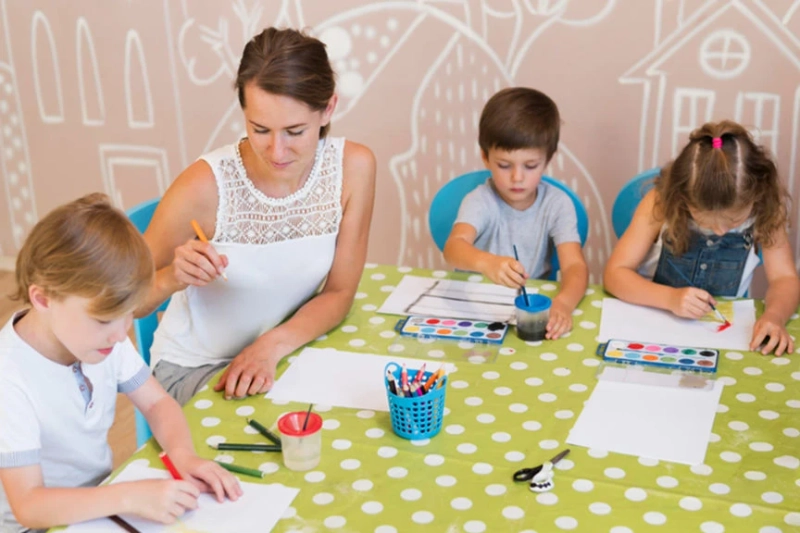Preschool classrooms are lively hubs of activity, filled with curious young minds eager to explore the world around them. To ensure a productive and nurturing learning environment, it's crucial to maintain a well-organized classroom. Effective organization not only helps teachers manage their space but also promotes a sense of structure and routine for young learners. In this article, we will discuss some proven tips for preschool classroom organization that can make a significant difference in the teaching and learning experience.
1. Clear and Defined Learning Centers
One of the cornerstones of preschool classroom organization is creating distinct learning centers. These centers should be labeled and arranged in a way that allows children to easily identify different areas for various activities. Common learning centers include a reading corner, art station, science exploration area, and a dramatic play zone. Each center should have materials and supplies specific to its theme or purpose, making it easy for children to engage in age-appropriate activities independently.
2. Storage Solutions
Adequate storage is essential in a preschool classroom to keep materials organized and accessible. Utilize shelves, bins, and cubbies to store toys, books, and supplies. Make sure everything has its designated place, and consider using clear containers or labels with pictures to help young children find what they need and encourage them to clean up after themselves. This not only teaches responsibility but also ensures a clutter-free environment.
3. Visual Schedules
Visual schedules are invaluable tools for preschoolers. They provide a clear daily routine and help children anticipate what's coming next. Create a visual schedule with pictures and words to represent each part of the day, from circle time and snack breaks to art activities and outdoor play. Post the schedule at eye level so that children can easily refer to it throughout the day. This will help reduce anxiety and promote a sense of security and predictability.
4. Traffic Flow
Consider the flow of movement within the classroom. Arrange furniture and learning centers in a way that allows for smooth transitions between activities. Ensure there is enough space for children to move around comfortably without bumping into each other or tripping over obstacles. A well-planned traffic flow can minimize disruptions and help maintain a calm and orderly atmosphere.
5. Label Everything
Labeling is a simple but effective strategy for keeping a preschool classroom organized. Label shelves, storage bins, hooks, and cubbies with words and pictures to help children identify where items belong. This not only fosters independence but also encourages early literacy skills as children associate words with objects.
6. Rotating Materials
Preschoolers thrive on novelty and variety. To keep the classroom engaging, rotate materials and activities regularly. This can include changing out books in the reading corner, introducing new art supplies, or updating the theme of the dramatic play area. Rotating materials not only keeps children excited about learning but also prevents boredom and complacency.
7. Establish Routines
Consistency is key in a preschool classroom. Establish daily routines for activities such as arrival and departure, circle time, snack time, and bathroom breaks. Be sure to communicate and reinforce these routines with the children, so they know what to expect. Consistent routines create a sense of security and help children feel more confident and in control.
8. Regular Maintenance
Maintaining an organized preschool classroom is an ongoing process. Regularly assess and declutter materials, repair or replace damaged items, and clean the space thoroughly. Encourage children to participate in tidying up and teach them the importance of taking care of their learning environment.
In conclusion, a well-organized preschool classroom is a vital component of early childhood education. It fosters independence, reduces stress for both teachers and students, and promotes a positive and productive learning environment. By implementing these proven tips for preschool classroom organization, educators can create a space where young children can thrive, explore, and develop the skills they need for a lifetime of learning.



